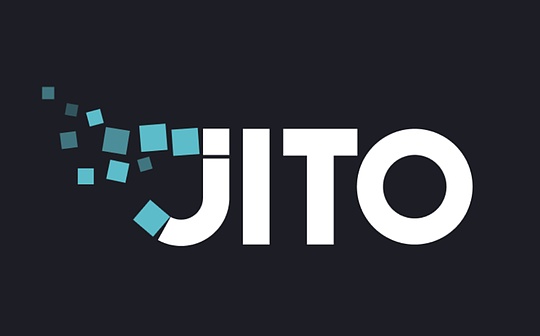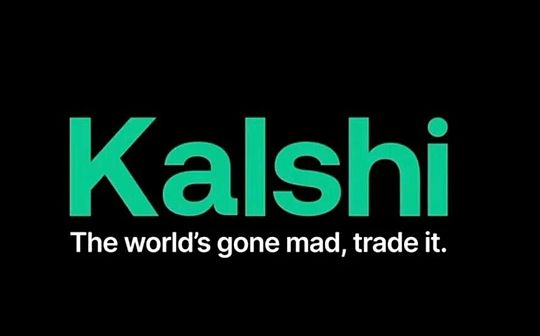
Author: Jack Inabinet, Bankless; Compilation: Deng Tong, Bitchain Vision
The rebuyed bulls want to know what will happen next.
In Bankless Airdrop Hunter, our analysts have been studying token-free re-staking protocols that are expected to be successful, focusing on liquid re-staking token projects built around EigenLayer and more ambitious attempts to directly overturn EigenLayer’s core positionCompetitor.
EigenLayer’s EIGEN is not popular with the cryptocurrency community, and depositors are actively looking for new opportunities as recipients wait for their pledged tokens to be unlocked.While Karak Network’s multi-chain solution has achieved some momentum since the launch of EIGEN, there has been considerable developments in Lido’s entry into the field through the backdoor of Symbiotic, a new restaking protocol backed by the founders of LidoHype.
Below, let’s dive into the 5 restaking ecosystem protocols we’re looking for.
Symbiotic
Introduction:
Symbiotic is a new staking service for a variety of on-chain assets, not just LST, supported by the founders of staking heavyweight Lido.Positioned as a competitor to EigenLayer, Symbiotic aims to leverage its close ties to the Lido core circle and support from major industry players.The agreement began with $5.8 million in seed funding raised by venture capital firm Paradigm and Lido founder Cyber.Fund.
Why pay attention to:
Recently launched Lido partners and Paradigm-backed EigenLayer competitors have points programs that can gain traction in the restaking space.Like all points activities, these points are likely to be eligible for redemption as tokens at some point in the future.Additionally, the market’s response to the release of EigenLayer tokens provides an excellent opportunity for competitive restaking agreements to initiate more attractive campaigns.
Mellow Protocol
Introduction:
Mellow Protocol provides a modular and license-free infrastructure for liquidity re-staked tokens (LRTs) on any staking protocol, allowing users to choose risk levels through a curated vault.Mellow’s vision is consistent with Symbiotic for true permissionless restaking flexibility.Additionally, as a partner of the Lido Alliance, Mellow helps Lido operators launch their own LRTs, increase the availability of stETH and increase revenue for Lido DAO members.
Why pay attention to:
Mellow Protocol was launched along with Symbiotic, a competitor of EigenLayer supported by the new Paradigm and partnered with Lido, as a restaking project in its ecosystem.Currently, Mellow is running a points program that incentivizes depositors of Mellow and Symbiotic, meaning they will be converted into liquidity token allocations in the future.
Karak Network
Introduction:
Karak Network is a multi-collateral re-private layer that allows users to re-private various assets on multiple chains, thereby increasing revenue.Karak L2 provides a secure environment for developing and launching distributed services.
Why pay attention to:
Karak has an active points program that rewards savers with Karak XP during private visits!Projects often implement points systems as a pilot for airdrops to help identify accounts that contribute to their success and intend to reward them with tokens later.
Puffer
Introduction:
Puffer is a decentralized native liquidity re-staking protocol built on EigenLayer.As a license-free agreement, Puffer will allow anyone to join as a node operator with a minimum of 1 ETH bond.
To adjust incentives and ensure the performance of node operators, Puffer will also require validators to hold “Verifier Tickets,” a consumable that expires daily and can be purchased from Puffer at a price equal to the validator’s expectations dailyIncome or purchase the market in the secondary market.Since validators consume validator tickets every day, they are entitled to a 100% reward.
Why pay attention to:
The protocol often uses a points system to identify the account’s contribution to its success in order to reward them with tokens in the future, and Puffer is currently running a points program, which suggests it may airdrop tokens to early depositors in the future.In addition, users who obtain pufETH through stakes are eligible for points allocations for partner projects, including the upcoming AI-powered DePIN rollapp Rivalz and Ethereum L3 Olive.
KelpDAO
Introduction:
KelpDAO uses EigenLayer to regain your liquid staking tokens (stETH and ETHx) to get liquid staking rsETH.By staking your ETH to KelpDAO, you will be eligible for EigenLayer restaking points (once your deposit is pledged) and will be able to earn additional benefits from restaking when the service is online!
Since restaking using KelpDAO retains liquidity, they can use rsETH in the DeFi protocol to earn additional benefits.
Why pay attention to:
KelpDAO depositors will receive a “Miles” reward, which is equivalent to points.Projects often implement points systems as a pilot for airdrops to help identify accounts that contribute to their success and intend to reward them with tokens later.








